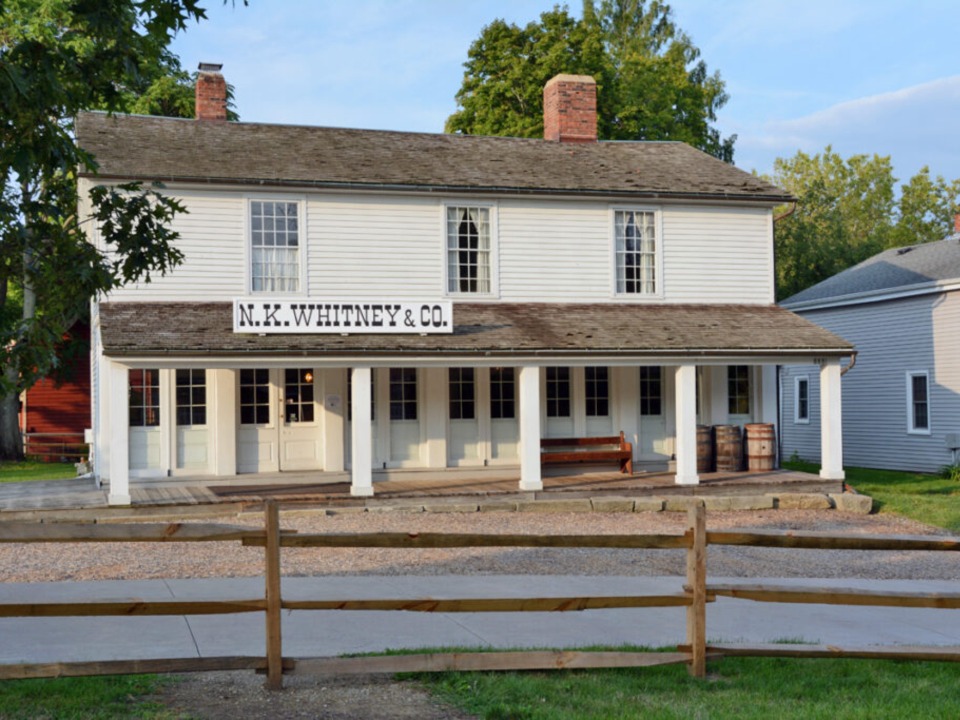
Historic-Kirtland-1.jpeg
The N. K. Whitney & Co. Store in Kirtland, Ohio, is shown in September 2020. Newel K. Whitney built the store in 1826. It later served as a post office, bishop’s storehouse and early Church headquarters. Photo by Kenneth Mays, courtesy of Church News.All rights reserved.
This story appears here courtesy of TheChurchNews.com. It is not for use by other media.
By Christine Rappleye, Church News
While in Kirtland, Ohio, early members of The Church of Jesus Christ of Latter-day Saints built and dedicated a temple, the First Presidency was organized, the School of the Prophets began, priesthood quorums were organized, and the Doctrine and Covenants was published. Sixty-four sections of the Doctrine and Covenants were received in Ohio, including two dozen in Kirtland.
Kirtland was one of the gathering places for early Saints from 1831 to 1838 as they built homes and businesses and consecrated time to support the temple building and other endeavors.
In 2000, a project to restore and rebuild the historic community was announced, which included rerouting traffic that passed by the Newel K. Whitney & Co. store. Six of the rebuilt or restored buildings were dedicated by then-President Gordon B. Hinckley in 2003.
Here are several of the buildings in Historic Kirtland.
Newel K. Whitney & Co. Store
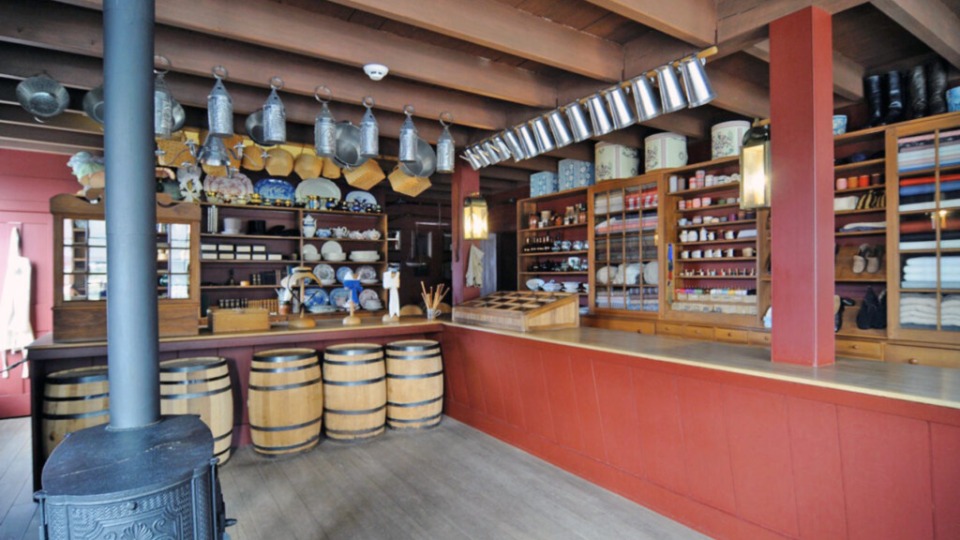
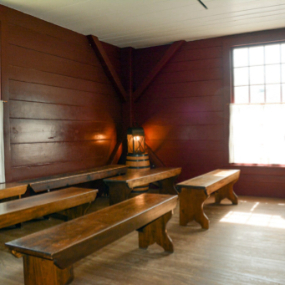
Historic-Kirtland-3.jpeg
The upstairs room in the N. K. Whitney & Co. Store in Kirtland, Ohio, where the School of the Prophets met is shown in 2017. Photo by Kenneth Mays, courtesy of Church News.All rights reserved.
Newel K. Whitney built the store in 1826 with business partner Sidney Gilbert. In addition to running a general store, Whitney also traded for goods, and the store, with its wood-burning stove, was a community gathering place. Later, the store was the post office, bishop’s storehouse and early Church headquarters.
During the 18 months Joseph and Emma Smith lived here, Emma gave birth to a son they named Joseph Smith III. Revelations Joseph received here include 16 sections of the Doctrine and Covenants, including the Word of Wisdom in Section 89 and the plans for the Kirtland Temple. The School of the Prophets first met in the upstairs room.
The store was remodeled and dedicated in 1984, according to the Kirtland interactive map.
Newel K. and Elizabeth Ann Whitney Home
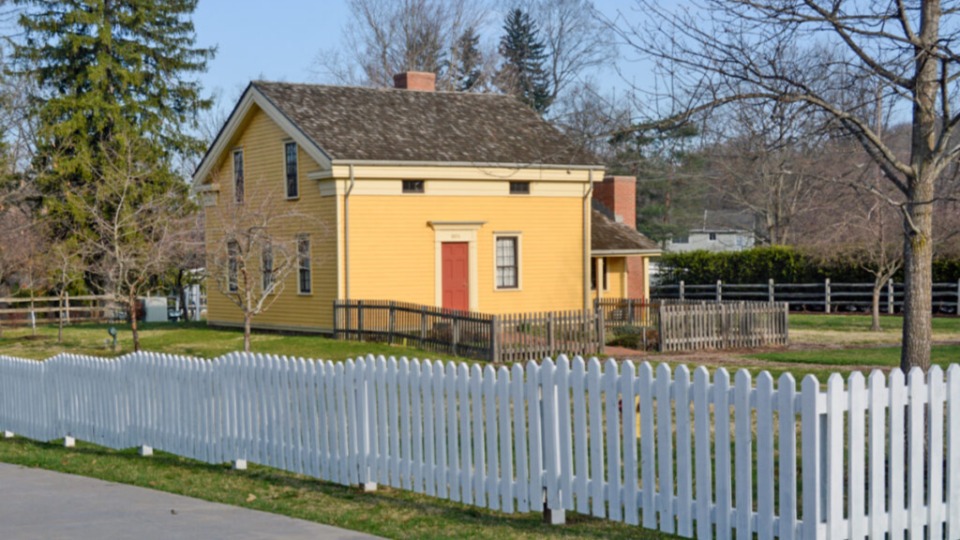
Historic-Kirtland-4.jpeg
The restored Newel K. and Elizabeth Ann Whitney Home in historic Kirtland, Ohio, is shown in 2021. Photo by Kenneth Mays, courtesy of Church News.All rights reserved.Behind the store is the home of Newel K. and Elizabeth Ann Whitney. They built the home in about 1824, according to the Kirtland interactive map.
The Whitneys invited Joseph and Emma Smith to stay with them after the Smiths arrived in Kirtland in winter 1831. The Smiths lived there for about four weeks, according to “Revelation and Family: Joseph and Emma’s Five Ohio Homes,” on history.churchofjesuschrist.org. Four revelations in the Doctrine and Covenants were received here, including Doctrine and Covenants 41 about the office of a bishop. It was also in the home when the Prophet healed Elsa Johnson’s arm.
The Church bought the home in the 1980s and restored it.
Ashery and Sawmill

At the ashery, owned and later consecrated by Bishop Whitney, workers bought ashes and through various processes would refine and bake them to make potash and pearl ash that were sent east via the Erie Canal to sell (see “Building the Kirtland Stake of Zion,” on history.churchofjesuschrist.org).
The sawmill was built to help supply lumber for the Kirtland Temple. Bishop Whitney consecrated the land for the sawmill. Joel H. Johnson, an experienced millwright, designed and built the mill with help from others in the community. The mill was built in six months. Logs were floated down the Chagrin River for the mill. The mill also had a lathe that was powered by the water wheel and space for woodworking.
The ashery and sawmill were rebuilt on their original foundations.
Johnson Inn
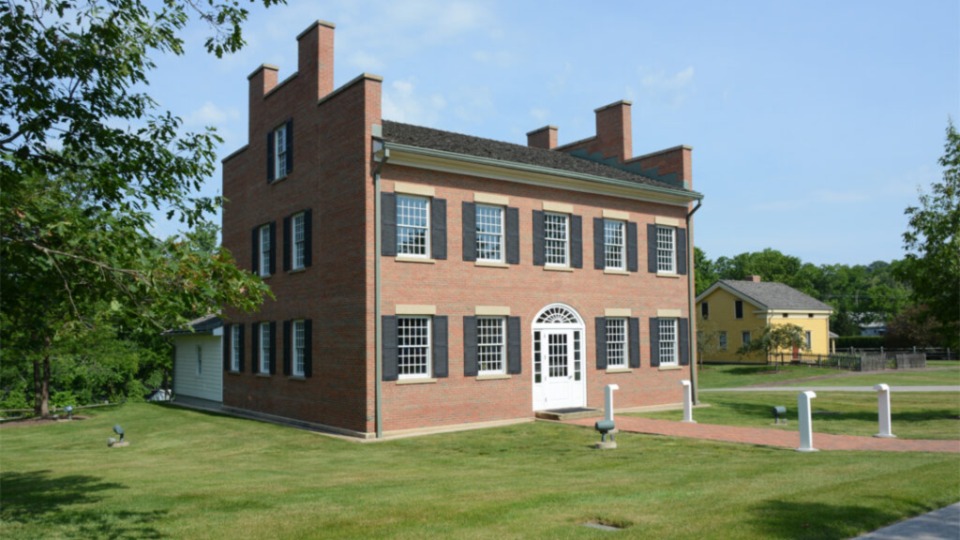
Originally a two-story home, the Johnson Inn was the first brick building in Kirtland. It was converted into a tavern in 1827, according to the information on the Kirtland interactive map. After the Church bought the building in 1833, John Johnson took over management that fall. The building served as an inn with both lodging and meals, and an office building, a meeting room, a printing shop and a social hall.
The office of patriarch was introduced at the Johnson Inn in December 1833, and Joseph Smith ordained his father, Joseph Smith Sr., as patriarch to the Church.
The building burned down in 1915. It is rebuilt where it once stood and designed to resemble the original building. Inside, there are exhibits about historic Kirtland, including the Kirtland Temple.
Kirtland Flats Schoolhouse
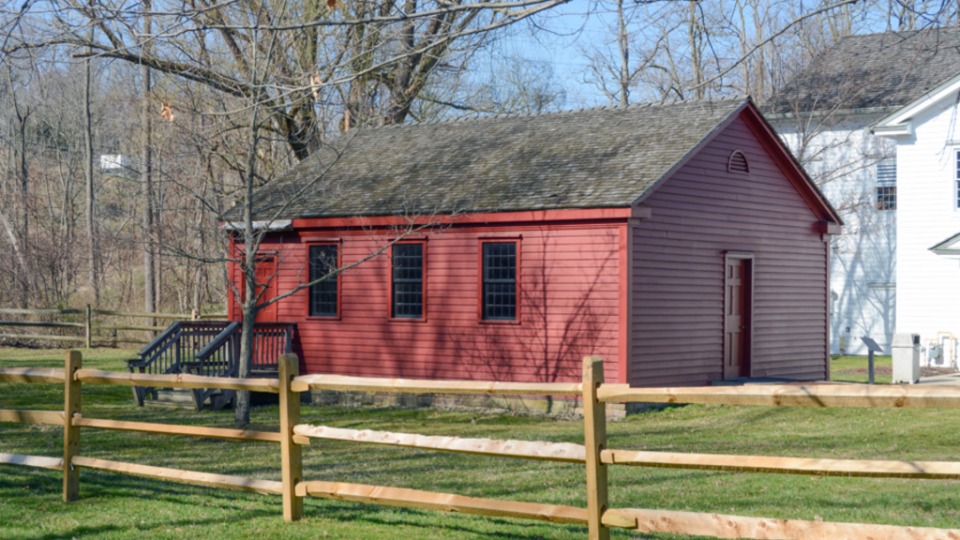
This red one-room schoolhouse was more than an educational center — it was a place for community gatherings and worship. The original building, from 1819, burned in the 1860s. The current building is built on the original foundation, thanks to available property records, according to the Church News archives.
Kirtland Visitors’ Center

The Kirtland Visitors’ Center is designed to resemble a gristmill from the community that was in a different location. The white, two-story building includes a theater for an introductory film about historic Kirtland.
Joseph and Emma Smith Home
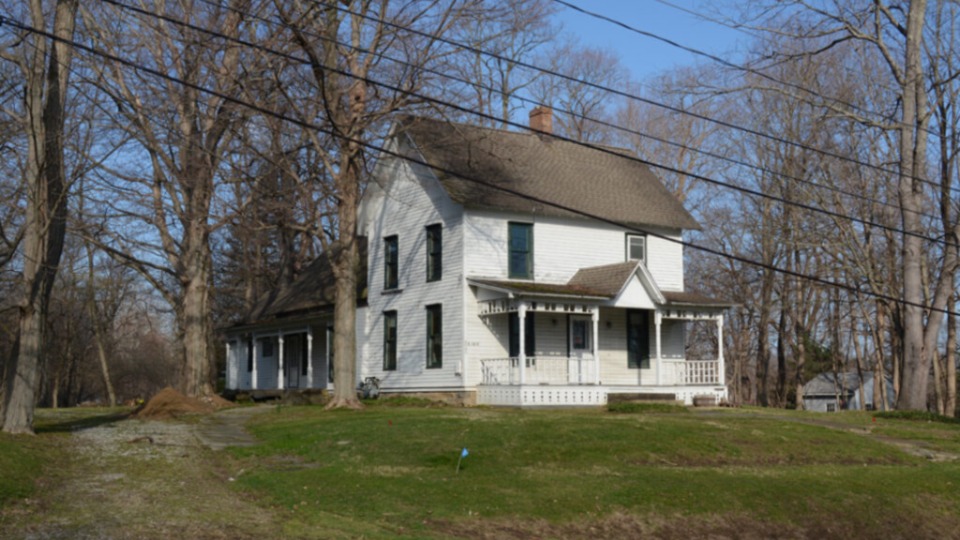
Joseph and Emma moved out of the Whitney store in 1834. They bought a home closer to the Kirtland Temple. While living here, Emma welcomed a son into their family whom they named Frederick G. W. Smith.
The home is being renovated, and it is not currently open for tours.
More About Kirtland
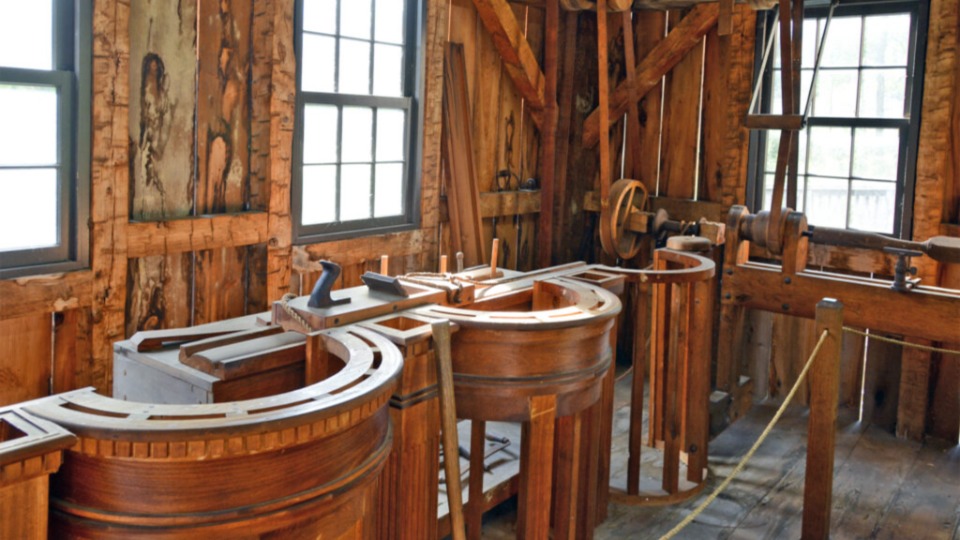
The interactive map of Kirtland is available at history.churchofjesuschrist.org/maps/historic-sites/ohio/routes-to-and-from-missouri-ohio-map-3.
Historic Kirtland is open for both in-person and virtual tours. Virtual tours of the Whitney store and home and the Johnson Inn are available in part 1. Part 2 includes the ashery, sawmill and schoolhouse. See churchofjesuschrist.org/learn/historic-sites/ohio/historic-kirtland-virtual-tours for information.
— Photos by Kenneth Mays, a retired instructor in The Church of Jesus Christ of Latter-day Saints’ Department of Seminaries and Institutes. His image collection is available at catalog.churchofjesuschrist.org.
Copyright 2021 Deseret News Publishing Company